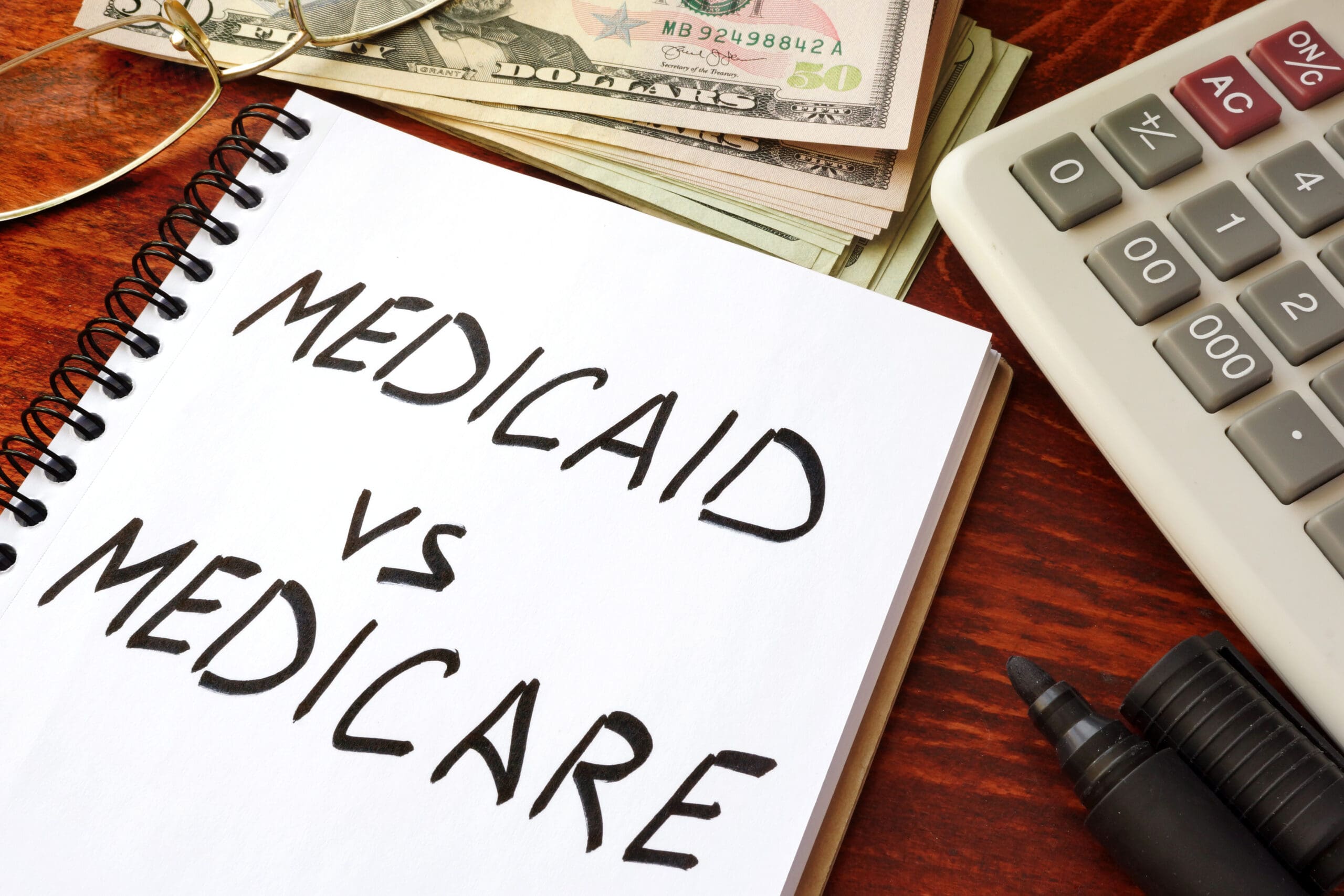Medicare and Medicaid are two government-sponsored health insurance programs in the U.S. designed to serve different populations and cover specific healthcare needs. It’s easy to confuse one for the other because of how similar they sound. But you’ll learn in this article that they have distinct purposes.
What You Should Know About Medicare
Medicare is a federal program providing health insurance for people that are 65 years or older, and some young people with disabilities or end-stage renal disease (ESRD).
-
Coverage
Medicare has different parts that cover various aspects of healthcare. The Part A plan covers hospital expenses, Part B covers medical and preventive services, Part D covers prescription drugs, and there’s a supplemental program called Medigap that covers the expenses beneficiaries pay from their pocket.
Medicare Advantage (also known as Part C) offers Part A, Part B, and Part D coverage, as well as some additional benefits like vision services.
-
Eligibility Requirement
You’re eligible for Medicare if you’re elderly (65 or older). To qualify,
- You must be a U.S. citizen or a permanent legal resident who has resided in the U.S. for a minimum of 5 years.
- You must be a recipient of the social security or railroad retirement benefits.
- You or your spouse must have worked as a government employee or be retired but paid medicare payroll taxes when working.
To qualify as an individual under 65, you must;
- be a recipient of a disability pension from the Railroad Retirement Board and meet the necessary conditions.
- be a recipient of Social Security disability benefits for a minimum of 24 months.
- have permanent renal disease or Lou Gehrig’s disease.
-
Enrollment Process
If you’re already a recipient of the Social Security retirement or disabilities benefits, your Medicare enrollment is automatic. Otherwise, complete an online application at the Social Security Administration’s website to enroll.
If you don’t apply before your enrollment period closes, you’ll have to pay a fee for late enrollment. Alternatively, you can wait till the next annual open enrollment period, or enroll during the special enrollment period if you’re eligible.
-
Cost
If you or your spouse religiously paid Medicare taxes for 10 years, you may be eligible for a premium-free part A. Otherwise, you can buy it and pay $278 monthly (or $505 in 2024). Part B premium costs $164.90/month. Other costs include copayments, deductibles, and coinsurance.
What You Should Know About Medicaid
Medicaid is a health insurance program sponsored jointly by the federal and state governments to provide medical aid to low-income families or individuals who meet certain eligibility criteria.
-
Coverage
Medicaid is run by states under broad federal guidelines. So while the coverage per state may vary, the federal government requires states to provide certain benefits including physician services, home health services, inpatient and outpatient hospital services, and laboratory and X-ray services.
-
Eligibility Requirement
Each state determines the eligibility requirements for its Medicaid programs based on income and family size. Eligibility may also be based on your age, if you’re pregnant, or have a disability.
-
Enrollment Process
There’s no fixed time for Medicaid enrollment. You can apply anytime at your state’s Medicaid agency or create an account with the Health Insurance Marketplace.
-
Cost
The states are responsible for the out-of-pocket costs a Medicaid recipient pays. There’s a limit on the costs the states can demand, but people with a higher income might have to pay more.
In Conclusion
Medicare and Medicaid are two large insurance programs in the U.S. healthcare system. Understanding the differences between Medicare and Medicaid is relevant to help you navigate the intricacies of American healthcare and determine what services you can access.
